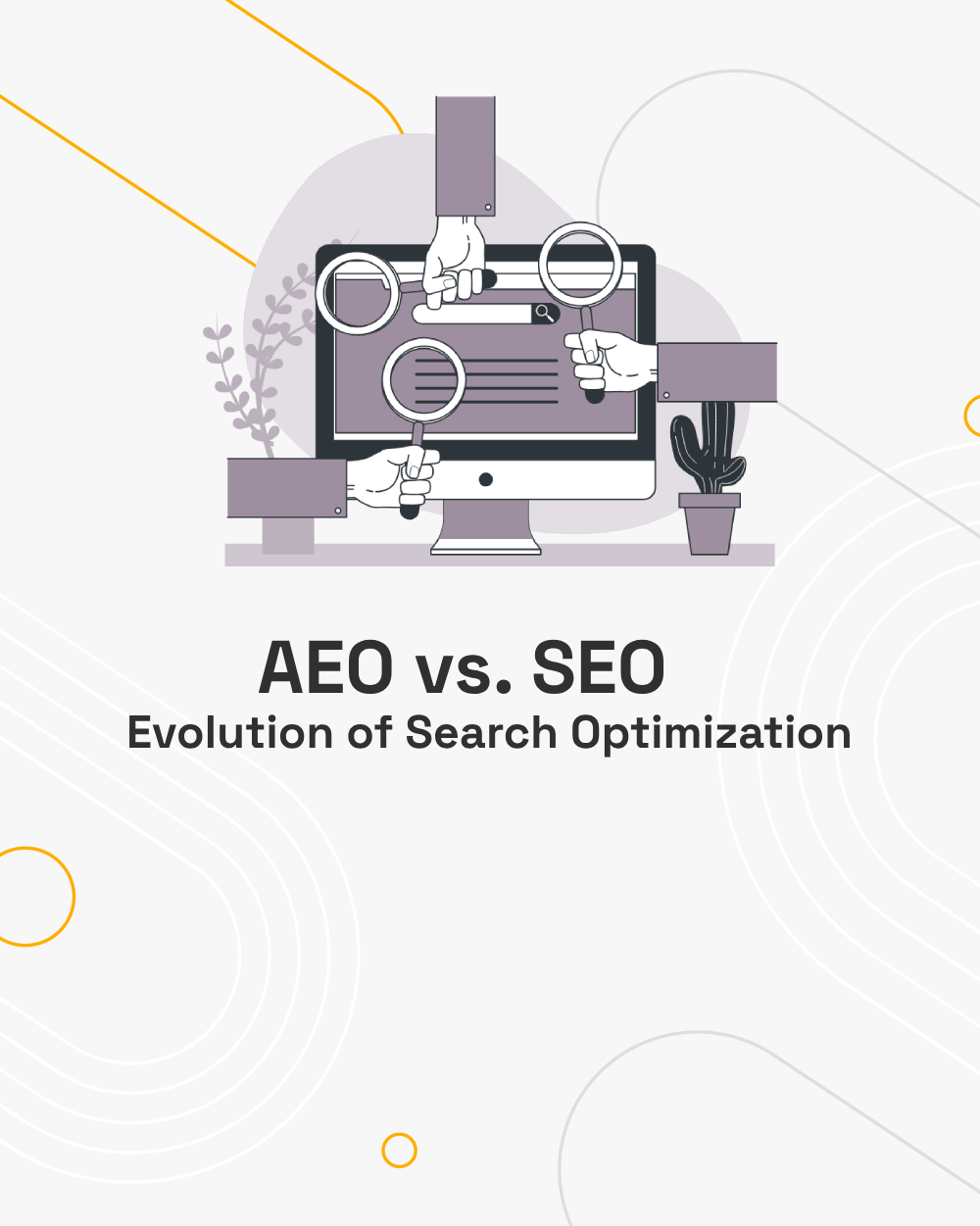In today’s digital landscape, creating consistent, high-quality content while maintaining strong SEO performance is a significant challenge for businesses and content creators. Content automation has emerged as a powerful solution, enabling teams to scale their content production while maintaining quality and search engine visibility. This comprehensive guide explores how to automate your content creation process for SEO success effectively.
Understanding Content Automation for SEO
Content automation refers to using technology and tools to streamline or completely automate various aspects of content creation, optimization, and distribution. When properly implemented, automation can significantly reduce manual effort while maintaining content quality and SEO effectiveness.
Why Automate Content Creation?
- Scale Content Production: Automation enables consistent content output without proportionally increasing resources
- Maintain Consistency: Automated processes ensure brand voice and SEO best practices are consistently applied
- Reduce Human Error: Automation minimizes mistakes in technical SEO implementation
- Focus on Strategy: By automating routine tasks, teams can dedicate more time to high-level strategy and creative work
Essential Steps to Automate Content Creation
1. Research and Planning Automation
The foundation of effective SEO content starts with thorough research. Here’s how to automate this crucial phase:
Keyword Research Automation
- Use tools like SEMrush’s Keyword Magic Tool or Ahrefs’ Keywords Explorer to automatically generate keyword ideas
- Implement APIs to pull search volume and difficulty metrics automatically
- Create automated workflows to categorize keywords by intent and priority
Content Gap Analysis
- Set up automated competitor content monitoring
- Use tools to automatically identify topics your competitors rank for that you don’t
- Generate automated reports highlighting content opportunities
2. Content Generation and Optimization
While fully automated content creation isn’t recommended for all situations, several aspects can be automated:
Semi-Automated Content Creation
- Implement AI writing assistants for first drafts
- Use templates and frameworks for consistent content structure
- Automate data-driven content like market reports or product descriptions
Content Optimization
- Automatically check keyword density and placement
- Generate meta descriptions and title tags based on templates
- Implement automated readability scoring
- Use tools to suggest internal linking opportunities
3. Quality Control and Enhancement
Maintaining quality while automating requires robust systems:
Automated Quality Checks
- Grammar and spelling verification
- Plagiarism detection
- Brand voice consistency checking
- Technical SEO validation
Enhancement Automation
- Automatic image alt text generation
- Schema markup implementation
- Header tag optimization
- Mobile responsiveness verification
Tools and Technologies for Content Automation
Content Research Tools
- Market Research
- Google Trends API
- BuzzSumo
- AnswerThePublic
- SEO Research
- SEMrush
- Ahrefs
- Moz Pro
Content Creation and Optimization
- Writing Assistance
- GPT-based AI writers
- Grammarly
- Hemingway Editor
- SEO Optimization
- Yoast SEO
- RankMath
- Clearscope
Content Distribution
- Social Media
- Buffer
- Hootsuite
- SocialBee
- Content Management
- WordPress with automated publishing
- HubSpot
- CoSchedule
Best Practices for SEO Content Automation
1. Maintain Human Oversight
While automation can handle many tasks, human oversight remains crucial for:
- Final content approval
- Strategic decision-making
- Creative elements
- Complex topic exploration
2. Implement Gradual Automation
- Start with simple, repetitive tasks
- Gradually expand automation as processes prove effective
- Regularly review and adjust automated systems
3. Focus on Quality Metrics
- Set up automated quality scoring systems
- Monitor key performance indicators
- Regularly audit automated content
4. Ensure Compliance and Originality
- Implement plagiarism checks
- Maintain copyright compliance
- Monitor AI-generated content for accuracy
Creating an Automated Content Workflow
Step 1: Content Planning
- Automate editorial calendar creation
- Set up automated content briefs
- Schedule content production milestones
Step 2: Content Production
- Use templates for consistent structure
- Implement AI assistance for first drafts
- Automate basic optimization
Step 3: Quality Assurance
- Automated checks for SEO elements
- Grammar and style verification
- Technical validation
Step 4: Publishing and Distribution
- Schedule automated publishing
- Set up social media sharing
- Implement email notifications
Measuring Success in Automated Content Creation
Key Metrics to Track
- Content production velocity
- SEO performance metrics
- Quality scores
- Time saved through automation
- ROI on automation tools
Setting Up Automated Reporting
- Create dashboards for key metrics
- Schedule regular performance reports
- Monitor automation efficiency
Common Pitfalls to Avoid
1. Over-Automation
- Maintain balance between automated and manual processes
- Don’t sacrifice quality for quantity
- Keep the human element in creative decisions
2. Poor Tool Selection
- Choose tools that integrate well
- Ensure scalability
- Consider total cost of ownership
3. Insufficient Testing
- Test automation workflows thoroughly
- Monitor output quality
- Regularly audit automated processes
Future of Content Automation
The landscape of content automation continues to evolve with:
- Advanced AI writing capabilities
- Improved natural language processing
- Better integration between tools
- More sophisticated automation workflows
Conclusion
Content automation for SEO represents a powerful opportunity to scale content production while maintaining quality and search engine visibility. Success requires a balanced approach that combines automated efficiency with human creativity and oversight. By following the strategies and best practices outlined in this guide, organizations can build effective automated content creation systems that drive SEO success while freeing up resources for strategic initiatives.
Remember that automation should enhance, not replace, human creativity and strategic thinking. The most successful automated content strategies find the right balance between efficiency and quality, using technology to support and amplify human capabilities rather than completely replace them.




